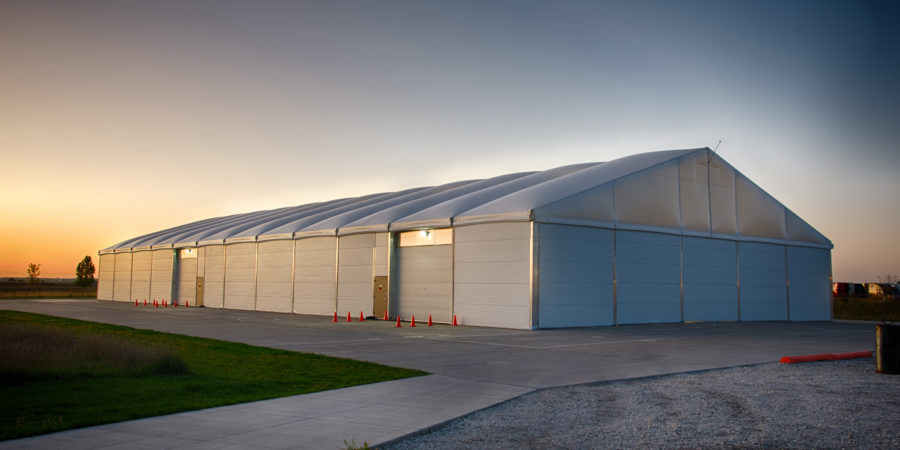The Comprehensive Ideas About Fabric Buildings
Five Facts You Should Know About Fabric Buildings
The construction of strong but lightweight structures with the help of special membranes over the framework isn’t entirely a new concept. Teepees and yards have built in this manner for millennia. Engineered fabric buildings in modern times have also been made successfully using the same principles.

The engineered fabric buildings in today’s times house all kinds of structures including athletic facilities, industrial projects as well as entertainment centers. These buildings offer a number of advantages over traditional concrete and steel structures for permanent as well as temporary installations.
Here is a list of five facts you should know about the superiority of fabric buildings over steel and concrete buildings.
1. Fabric Buildings Have Diverse Applications
Customization is the key for aerospace projects, industrial equipment as well as mining operations among others. Fabric buildings offer the flexibility of diverse dimensions including a variety of peak heights as well as roof pitches. In fact, these are perfect for odd-sized lots due to their uniqueness.
The Temporary Warehouse Structures is a proud supplier of engineered fabric buildings and has the ability to deliver highly unique and completely customized buildings.
2. Extreme Durability
The rigid steel frame used in fabric buildings is the same quality that has been in use for decades in various types of building construction. The ripstop fabric is constructed to last for multiple decades providing the durability and strength required for buildings meant for industrial use.
The rigid frame design allows fabric buildings to provide support for additional loads on the complete structure including cranes and conveyors but at the same time, it offers strength to exceed local building codes for snow, seismic and wind activity. Since no nails or screws are required along the roof in fabric buildings, there is no entry point for moisture that typically leads to corrosion or rust. The steel support trusses and beams used in various fabric structures are hot-dips galvanized to offer extra protection against rust. Needless to say, corrosion has no effect on the fabric itself.
The architectural fabric is specifically designed to outlast various other types of building materials. In fact, the flame retardant fabric is also available and this fabric also has UV resistant material in order to protect from the harmful sun’s rays.
3. Energy Efficiency
The cost of heating and cooling a fabric building is significantly lower when compared to a typical steel and concrete building. This is due to the reason that the fabric materials are nonconductive which means the fabric building interior will remain cooler on hot days and warmer on cooler days. Since the fabric does not retain any heat it receives from the sun, it helps in better maintenance of interior temperatures.
In addition, roofs made of fabric material have up to 12% translucency which means it allows natural light to permeate through thereby eliminating the need to have artificial light through the day. Solar panels can also be included in the design of fabric building to further cut down on energy costs.
4. Easy Setup & Relocation On Different Foundations
When it comes to installation and setup time, fabric buildings have an incredible advantage as these take up to 3 times less time as compared to conventional structures. Even though the design can be portable, these are usually permanent. It is extremely easy to roll up and move the flexible fabric to a new location as per requirements.
One of the most common misconceptions associated with fabric buildings is that the architectural codes and loadings for these buildings are different than traditional metal buildings. However, the same engineering is used by the fabric building designers for fabric buildings as is used by the metal building industry.
5. Recyclable & Sustainable
One big advantage of fabric buildings is that most of the materials can be reused. At the end of the fabric building materials life-cycle, the customer can ask the manufacturer to assist in finding a partner for effective recycling of the fabric membrane.
The re-skinning process for a fabric building is very similar to the reroofing of conventional buildings. Another thing you should know is that the polyethylene fabrics used in fabric buildings are known to be low toxin emitting material.
Find out more by visiting our blog. Feel free call us today or request a quote for immediate assistance!
We are continually proud to offer our clients superior material, craftsmanship, and structurally sound clear span buildings.
CONTACT US TODAY
For more information or a quote, please contact us. Find out how Temporary Warehouse Structures can help with your next project.

